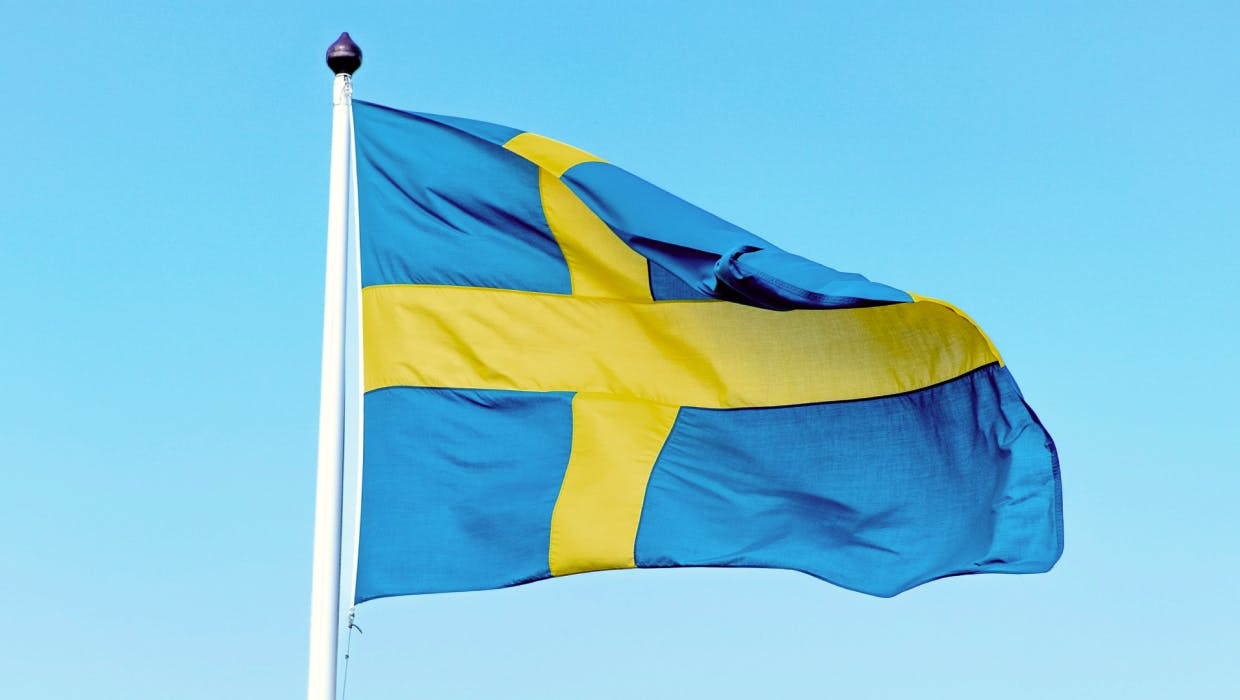
Local requirement
France
For companies operating in France, this article provides information on pay equity reporting and associated legal requirements. This includes what the requirements are, what employers are subject to them, what steps to take, and how PayEquity by beqom may help.
Local reporting requirements in France
France’s current pay gap reporting requirement was introduced in 2018 and rolled out gradually. The required report (Index de l’égalité professionnelle femmes-hommes) is known as the “gender equality index” in English.
The goal is to provide a simple, reliable, and practical way to end gender pay inequity. Companies must not only publish pay gap information, but also document the measures they are taking to close the gap. The report also looks at the specific impacts of gender differences. For example, it is designed to detect whether employees who take maternity leave get raises at the same rate as those who do not. This helps detect any ingrained bias against working mothers.
Today, all organizations with 50 or more employees have to publish their gender equality index every year before March 1. Companies who have employed 1,000 or more people for three or more consecutive years have an additional requirement. They must calculate and publish any gaps in gender representation among their executive managers and members of their governing bodies. This report is also due annually by March 1.
Requirements
The report must include four or five specific indicators, depending on company size. Each indicator has its own numerical value. When added together, the indicators yield a total gender equality index between 1 and 100. All employees should be included in all indicators, with one exception. Employees who have been on maternity leave for more than six months and returned during the reference period should only be included in the fourth indicator.
The indicators are:
- The gender pay gap within comparable jobs and age groups. This indicator has the highest value and can contribute up to 40 points to the index.
- Difference in individual raises between men and women in comparable jobs. 35 points for companies with 50-250 employees, 20 points for those with 250+ employees.
- Difference in the promotion rate between men and women in comparable jobs. This indicator is only required for companies with 250+ employees and can contribute up to 15 points.
- Employees receiving raises when returning from maternity leave. 15 points.
- Gender distribution among the 10 highest paid employees. 10 points.
With just a few clicks, PayEquity by beqom allows users to create a complete Excel report for the French gender equality index. This report matches the official template on the government’s website (under “Comment calculer votre Index”).
PayEquity by beqom automatically performs all necessary calculations:
- Using the relevant indicators and weighting based on the organization’s size
- Necessary groupings of employees (for indicators 1-3)
- Measuring which groups are valid and scaling the indicator if needed
- Excluding employees who were on maternity leave for more than six months from other indicators
To get started, users should be ready to provide data files with columns for the following:
- Gender, age and salary
- The employee’s job. (If necessary, PayEquity by beqom allows you to map job roles to four socioeconomic categories defined by the French government.)
- Designations for employees who received raises, promotions and/or returned from maternity leave.
What happens next
Organizations must submit their index to the Ministry of Labor through an online form. It should also be made publicly available, identifiable, and accessible on the organization’s website. Specifically, it must be posted no more than two or three clicks away from the main page.
Each employer must also present the index internally to its Social and Economic Committee (CSE). This should take place their first meeting after the publication of each year’s index. This meeting should deliver an in-depth presentation on each indicator and also the data relating to any incalculable indicators. (See further details here (Question I).)
The goal is to have a total index (sum of all relevant indicators) of 85 or higher.
If the total index is below 85, the following actions are necessary:
- On its website, the organization has to publish its development goals for each indicator where the maximum score is not reached. This information must remain available there until the goals have been reached.
- Organizations must submit the same information to the Ministry of Labor and to their CSE via BDESE (the economic and social database)
In addition to all the above, organizations with a total index below 75 have further requirements:
- Define their goals and corrective measures for each indicator through a collective agreement or a unilateral decision, which should have been filed on Téléaccords
- Consult with their CSE for approval
- Internally inform their employees of the goals and corrective measures
- Publish the goals and corrective measures
There are financial penalties for non-reporting, substandard reporting, or non-implementation of corrective measures. This includes failure to make the reports adequately visible and readable online. It also includes corrective measures that are implemented, but inefficient. Penalties can be up to 1% of the company’s annual payroll. There is also a penalty for failure to improve the index score within three years. The penalty here will be proportional to the efforts the organization made to improve its index.
Further support in PayEquity by beqom
PayEquity by beqom provides an easy and streamlined way for users to create reports that meet the legal requirements in France. But the platform also helps companies go further on their pay equity journeys with the following features:
- Pay equity analyses: This tool not only measures the adjusted pay gap but also provides suggestions (specific raises for specific employees) on how to close it.
- Workplace equity feature: This tool gives an overview of the diversity in an organization’s workforce composition. Understanding workforce diversity is key to understanding why an unadjusted pay gap might exist. This tool also shows how the organization’s workforce is changing.
- Compensation Assistant: Once the pay gap is closed, this tool helps ensure that it does not come creeping back through promotion or new hire decisions.
- Drill-down capabilities: Insight into specific groups of employees, like those in comparable jobs or those that have been on maternity leave, helps employers get a better understanding of their pay structure.
Please note that while this local resource information has been compiled by beqom's legal and pay equity experts, it does not constitute legal advice.
beqom
Expert eGuides
Download in-depth eGuides on compensation, pay equity, and transparency—offering expert insights and practical strategies to help HR teams build fair and effective pay practices.

More on local requirements and reporting
beqom's pay equity tools make complying with local requirements and regulations easier than ever before, allowing organizations to conduct pay equity analyses to identify any pay disparities.

Sweden — Pay equity analysis and reporting (lönekartläggning)
Every year, Sweden requires all employers to conduct a pay equity analysis (lönekartläggning) with a few key requirements. Find out more on our page.

State of California — Pay transparency and pay data reporting
In the US state of California, pay equity legislation is relatively progressive. It includes both a data reporting requirement and a pay transparency law. This article goes through the requirements for all aspects of the law and how PayEquity by beqom can help support employers.

Ireland — Gender pay gap reporting
This page provides information for organizations looking to understand and respond to Ireland’s Gender Pay Gap Information Act 2021.

France — Gender equality index
For companies operating in France, this article provides information on pay equity reporting and associated legal requirements.

Israel — Gender pay gap reporting
This resource article provides information about Israel’s gender pay gap reporting requirements and an overview of how to create and complete the reports.

Spain — Pay equity analysis and reporting
Pay equity laws in Spain ask all companies to keep a remuneration register, with additional analysis and reporting for slightly larger employers.

Local requirements - Pay equity analyses and reporting
Get an overview of some of the local pay equity requirements that many of our customers need to fulfill, and achieve effortless compliance today.

USA - Pay data reporting (EEO-1)
Although no gender pay gap reporting per se is required, some demographic data reporting is required in the US.

UK — Gender pay gap reporting
The United Kingdom (UK) requires gender pay gap reports from organizations of a certain size. This page outlines the UK requirements and how to get started.

Norway — Pay equity analysis and reporting
In Norway, employers with 50+ (sometimes 20+) workers must prepare annual and biannual pay equity reports. This page outlines the requirements.

Canada — Pay equity analysis and reporting
Companies operating in Canada should be prepared to comply with federal pay equity analysis and reporting laws. Some provincial regulations also exist. We give readers an overview of Canada’s detail-oriented requirements.
Recent blogs on Pay Equity

Humanizing Compensation: Why Pay Is More Than Just a Paycheck
Compensation is about more than just a paycheck. Discover why it's essential to humanize compensation to build trust and create a more engaged workforce.
Read more

A Condensed Version of The U.S. Pay Transparency Index 2025
The U.S. Pay Transparency Index analyzes more than 13,000 job listings in the U.S. to uncover the truth behind pay transparency laws, and reveals how many companies are following the law.
Read more

Unlocking the Power of Pay Transparency: How Global Organizations Like PUMA Are Leading the Change
See how global leaders like PUMA are turning pay transparency into a competitive advantage—and how your organization can too.
Read more
